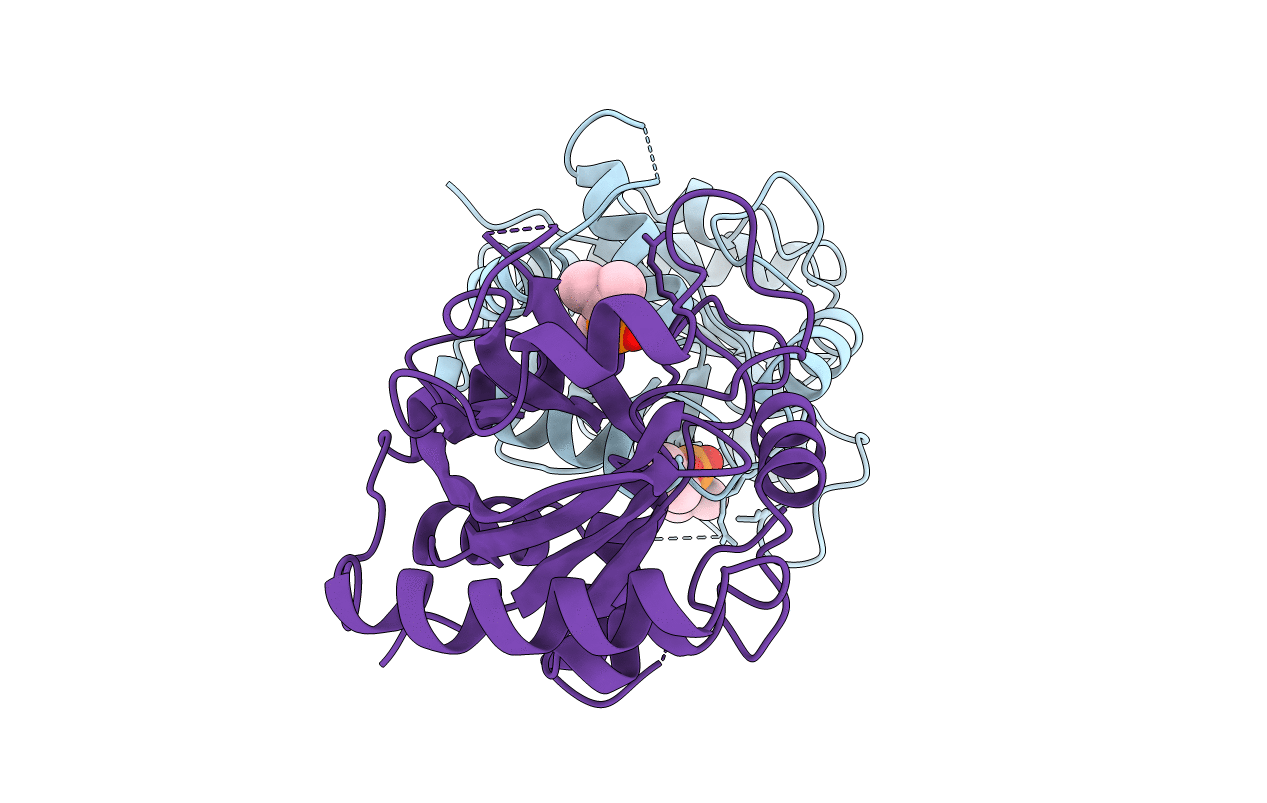
Deposition Date
1997-08-16
Release Date
1998-10-14
Last Version Date
2024-10-16
Entry Detail
Biological Source:
Source Organism:
Human herpesvirus 2 (Taxon ID: 10310)
Host Organism:
Method Details:
Experimental Method:
Resolution:
2.50 Å
R-Value Free:
0.29
R-Value Work:
0.20
R-Value Observed:
0.20
Space Group:
P 21 21 2


